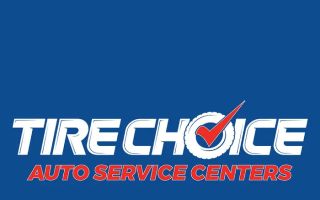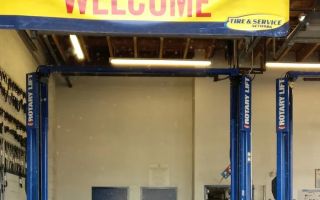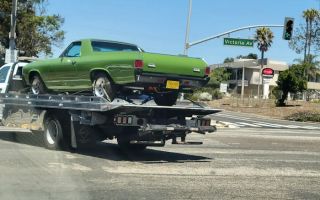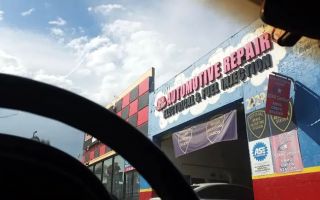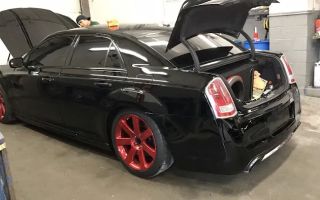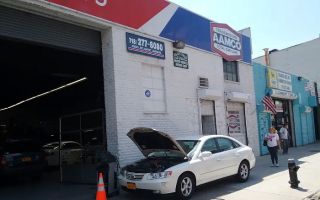How to Tell If Your Tire Is Under-Inflated and at Risk for a Blowout
Published on Mar 09, 2025Auto Repair Shops Near Me
Recommended
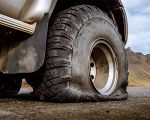
Flat Tire Repair for Heavy-Duty Vehicles – Essential Guide to Quick and Efficient Tire Solutions
Learn everything you need to know about flat tire repair for heavy-duty vehicles. Discover expert tips and effective solutions for fixing flat tires on trucks and commercial vehicles. Get the best tire repair services and roadside assistance when you need it most.
Mar 07, 2025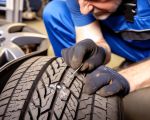
24-Hour Flat Tire Service for Emergency Repairs: Get Back on the Road Quickly
Stuck with a flat tire in the middle of the night or during a busy day? Our 24-hour flat tire service ensures that you can get back on the road quickly with expert emergency tire repairs, no matter the time. Learn more about how to handle a flat tire emergency.
Mar 07, 2025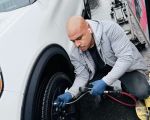
Best Flat Tire Repair Service: How to Fix a Flat Tire and Choose the Right Service
Learn the best flat tire repair services and how to fix a flat tire effectively. Get expert tips on choosing a reliable tire repair service, patching your tire, and solving tire problems on the go.
Mar 07, 2025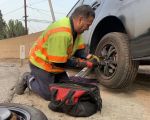
Quick Flat Tire Assistance for Out-of-Town Trips – Reliable Roadside Help When You Need It
Stranded with a flat tire on an out-of-town trip? Our quick and reliable flat tire assistance service provides mobile repair and roadside help for all travelers. Get the support you need with fast, professional service. Learn more!
Mar 05, 2025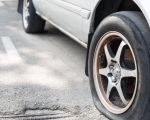
Affordable Flat Tire Service for Cars: Quick and Cost-Effective Solutions for Your Tire Troubles
Get affordable flat tire service for cars when you need it most. This guide covers everything you need to know about finding quick, reliable, and cost-effective tire repair services. For the best assistance, visit [Rescue & Towing](https://www.chucklesrescue.com).
Mar 05, 2025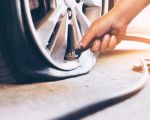
Fast Response Tire Repair for Flat Tires – Quick and Efficient Tire Assistance Anywhere
Need fast response tire repair for flat tires? Discover how quick, mobile tire repair services can assist you anywhere, anytime. Get back on the road in no time with reliable and efficient tire repair services.
Mar 05, 2025Related Categories
Popular
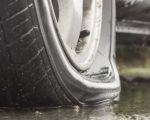
How to Deal with a Flat Tire While Driving in the Rain
Mar 13, 2025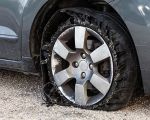
Can a Sudden Flat Tire Cause Damage to Your Car’s Brake System?
Mar 13, 2025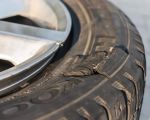
Can Driving on a Flat Tire Cause More Damage to the Car?
Mar 13, 2025How Much Does It Cost to Repair a Flat Tire at a Shop? A Detailed Guide
Mar 05, 2025
Why Tire Blowouts Often Happen on Highways: Understanding the Causes
Mar 13, 2025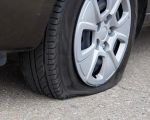
How to Check If a Flat Tire Has a Puncture and What to Do Next
Feb 25, 2025
24-Hour Flat Tire Service for Emergency Repairs: Get Back on the Road Quickly
Mar 07, 2025
Fast Response Tire Repair for Flat Tires – Quick and Efficient Tire Assistance Anywhere
Mar 05, 2025
Flat Tire Repair for Heavy-Duty Vehicles – Essential Guide to Quick and Efficient Tire Solutions
Mar 07, 2025


